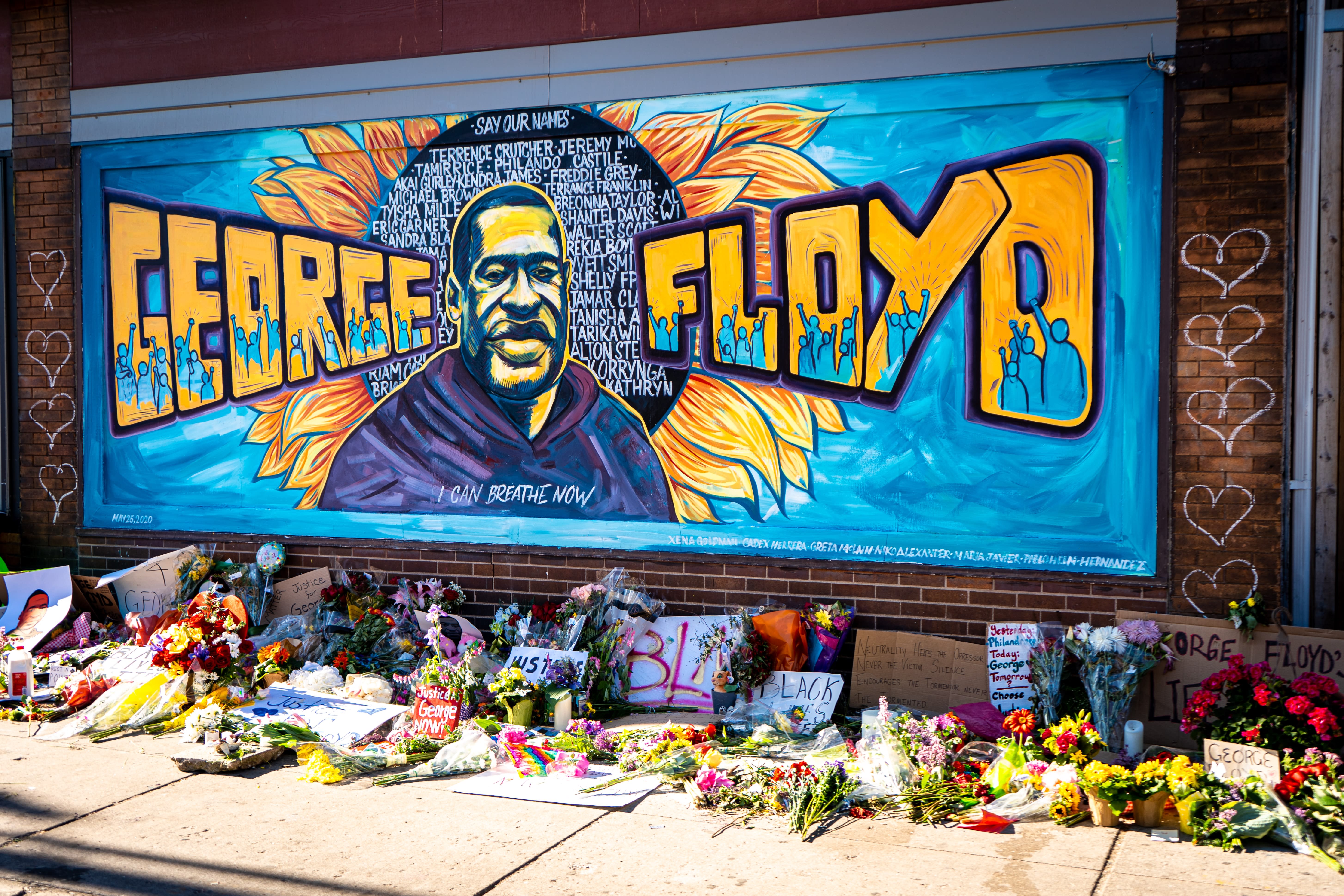In the wake of Derek Chauvin’s trial and Tuesday’s guilty verdict, we experienced a spectrum of emotions. The immediate sense of relief and gratitude we felt in response to this tangible instance of accountability was quickly followed by the sobering reminder that accountability is not synonymous with justice. This verdict does not heal the pain incurred from the sum of the injustices – past and present – that continue to plague Black communities in America.
We will not be paralyzed by this reality.
Instead, we reassert – nearly a year since George Floyd was murdered – that BRIC stands with the Black community, with Indigenous communities, with Asian and Pacific Islanders, with Latinx communities, and with people of color across our nation. We see you; we hear you; we are with you. We recognize that spaces are not racially neutral, and our industry has played a complicit role in reproducing inequities. As architects, we believe it is our responsibility to leverage our resources to create inclusive, empowering environments where every individual is met with dignity and care. We are committed to using design and education as tools to bring about a more equitable, just, and humane world.
The transformative initiatives we’ve built into our design and engagement processes over the last year have been a source of inspiration and a conduit for growth in equal measure. While we’re energized by the actions we’ve taken, we acknowledge that the road to justice is long and complex. There is still so much to be done and we are committed to forging ahead.
As we face the many miles ahead of us, we intend to stand alongside administrators, educators, students, community members, and local leaders to create a safer, more just future together. We hope you’ll join us.

Image Source: @munshots via Unsplash
As we think of the national audience and the millions of people who watched this story unfold, we recognize that so many of the eyes trained on the news belong to students. From children to young adults, many students continue to sustain wounds from the systemic racism and injustice that pervades their neighborhoods, homes, and classrooms. The moment we’re in now is an invaluable opportunity to recognize this trauma and hold space for BIPOC youth. If you’d like to learn more about how to engage students in meaningful conversations about racism and injustice, we invite you to explore the toolkit outlined by Learning for Justice.
Toolkit for Talking About Racism and Police Violence with Students
by Learning for Justice

